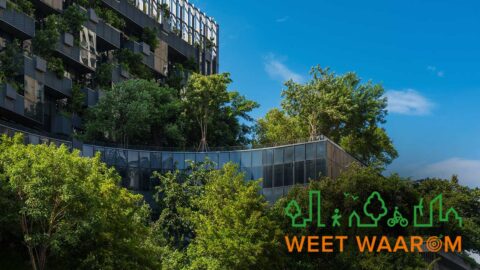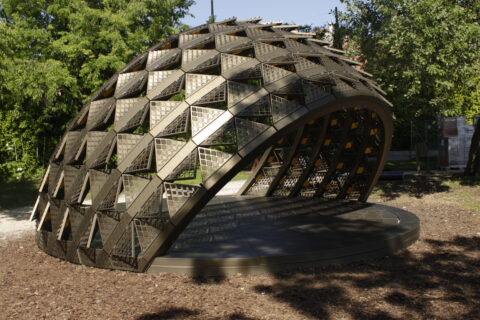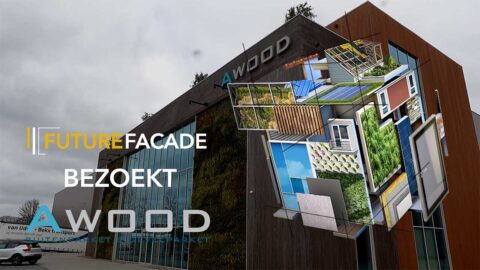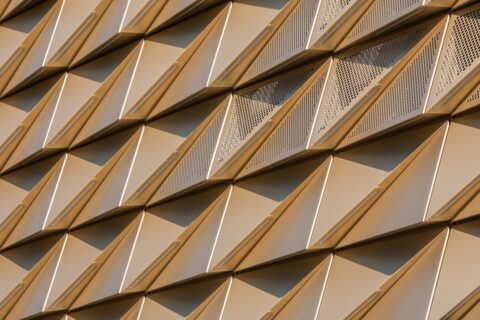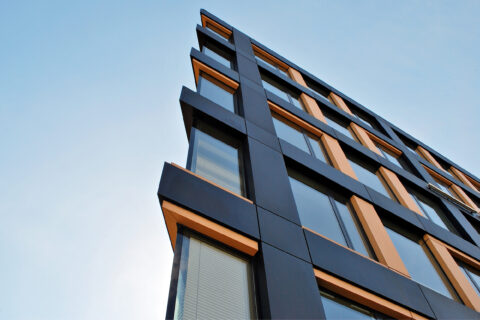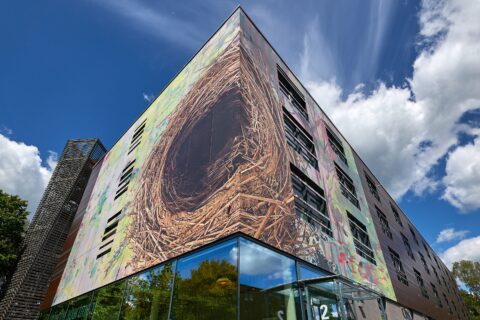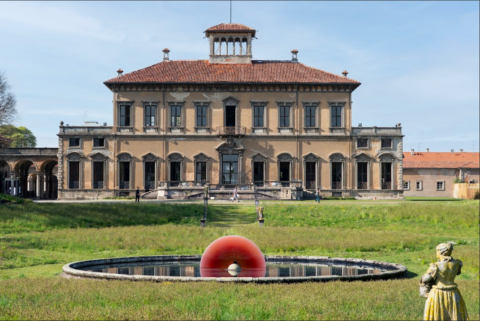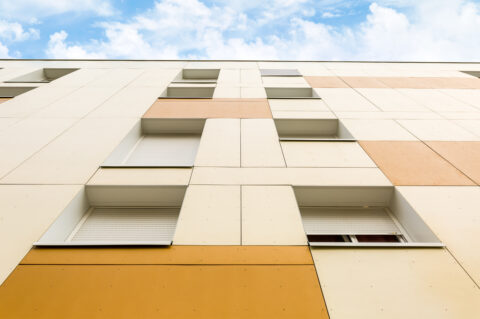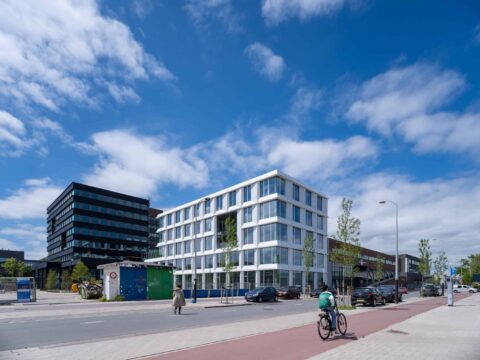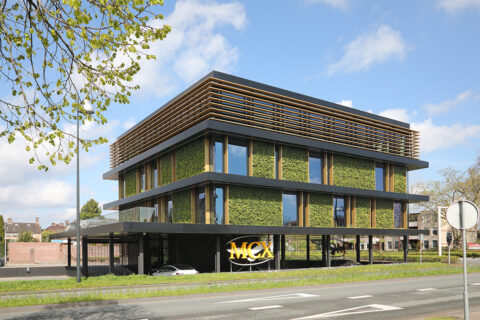In the rapidly evolving landscape of architectural design, building envelopes are no longer passive shells. Facades today are transforming into responsive systems; complex, high-performance interfaces between interior and exterior environments. As climate change, energy legislation and occupant comfort drive innovation, adaptive facades are emerging as the defining element of next-generation architecture.
What is an adaptive facade?
An adaptive facade (also known as a dynamic or responsive facade)is designed to react in real time to environmental conditions such as solar radiation, wind, temperature and user behavior. These facades are integrated with sensors, actuators and often software systems that allow parts of the facade to modulate (opening, closing, shading, or ventilating) based on internal or external stimuli.
This goes beyond aesthetics. Adaptive systems are fundamentally changing how facades contribute to the energy performance of buildings. By controlling daylight, reducing heat gain and enabling natural ventilation, they reduce reliance on mechanical systems, shrinking the building’s carbon footprint.
Key drivers behind the shift
1. Climate legislation and net zero goals
With the European Union pushing for climate-neutral building stock by 2050, facades must perform beyond insulation. Envelope design now plays a critical role in meeting dynamic thermal comfort, reducing embodied carbon and supporting life-cycle performance.
2. From Building Directive to Enforcement: The EU’s Bigger Picture
The EU isn’t simply mandating more sustainable construction; it is actively transforming the legal and economic landscape through its European Green Deal and Fit for 55 These initiatives are supported by regulatory tools like the revised Energy Performance of Buildings Directive (EPBD), which now calls for nearly zero-energy buildings (nZEB) to become the standard, transitioning towards zero-emission buildings (ZEB) post-2030.
Furthermore, mandatory renovation passports, stricter life cycle carbon reporting, and taxonomy-aligned investment requirements are shifting the focus from individual building components to full-system environmental accountability. Adaptive facades are being recognized not just as performance enhancers, but as compliance enablers in a tightening legislative climate.
3. Energy efficiency through smart control
Adaptive facades often integrate with building management systems (BMS). This allows facade systems to respond to real-time data: sun-tracking shading panels, electrochromic glazing or even kinetic elements that move according to seasonal changes.
4. User-centric comfort
Beyond technical performance, there’s a growing emphasis on occupant well-being. Facades that balance views, daylight, ventilation and acoustic control enhance user experience, productivity and satisfaction, especially in high-density urban environments.
5. Material innovation and integration
Emerging materials such as phase change materials (PCMs), switchable membranes, and bio-reactive panels are expanding the possibilities of what a facade can do. Additive manufacturing and prefabricated facade modules further streamline construction and customization.
6. Data-driven design and simulation
Tools like parametric modeling and AI-driven simulations now allow architects and facade engineers to test thousands of performance scenarios before construction begins. This shift enables a more collaborative and iterative design process, merging form, function and environmental logic.
Challenges to overcome
Despite the promise, adaptive facades are still relatively rare outside flagship or institutional buildings. Key challenges include:
- High initial investment and complex ROI models
- Integration complexity across disciplines (MEP, structural, facade)
- Maintenance and reliability of moving parts over time
- Regulatory frameworks that lag behind innovation
What’s Next?
Looking ahead, we can expect adaptive facade technology to move from niche to norm. Particularly as material costs drop and digital design tools become more accessible. The future lies in modular: self-learning facades that autonomously optimize building performance.
Architects today are not just designing for static climates; they are preparing buildings for dynamic environments. The facade, more than any other building system, sits at the intersection of this transformation.
Want to stay updated on the latest news about facade innovations and Future Facade 2025?

